Digital technology today has penetrated and brought about advances in many different areas of life. Heritage conservation is no exception to this trend. With the rapid development of technology, heritage conservation has now expanded beyond the tasks of museums and researchers. It has become a process of interaction and integration into community life. From tangible heritages such as architectural works, ancient artifacts, to intangible heritages such as traditional festivals, folk music, etc. Digital technology is bringing a new, more effective and sustainable approach to conservation.
In the past, heritage conservation often required traditional physical preservation methods, which sometimes had difficulty preventing deterioration due to time and natural factors. Digital technology - the ability to digitize data has created completely new means of conservation. Monuments and artifacts can be 3D scanned and reproduced with high precision, permanently stored in digital space. Not only does it help protect against external impacts, digitization also creates opportunities to reconstruct heritage that has been lost or damaged over time.
The Thang Long - Hanoi Heritage Conservation Center coordinated with units to recreate the space of Kinh Thien Palace on a 3D perspective. Photo: nhandan.vn
In the modern era, the advent of virtual reality (VR) and augmented reality (AR) technology has expanded people's approach to cultural heritage. Now, people can explore historical sites and ancient works of art right at home through technological devices. Instead of having to go to actual locations, users only need a few simple steps to enter a virtual space, where they can interact and experience heritage as if they were present in real time and space. This not only increases public accessibility but also opens up an effective method of education about history and culture.
In addition, digital technology also promotes the process of heritage preservation through systematic and scientific information storage. Instead of relying solely on traditional storage media such as books and printed documents, digital data is arranged, classified and can be accessed quickly and easily. Researchers and conservationists can access thousands, even millions of heritage-related data in a short time, helping to optimize the research and protection process.
Another prominent aspect of digital technology in heritage conservation is the ability to spread information and attract public attention. Digital conservation projects are no longer limited by geographical space, but can reach millions of people globally via the internet. Documentaries, articles, and images of cultural heritage can now be widely shared, thereby attracting the attention and participation of many people, especially young people - the group that always has a special interest in technology.
Dien Huu Pagoda simulated using virtual reality technology. (Produced by Sen Heritage Group). Photo: nhandan.vn
The biggest challenge in applying digital technology to heritage conservation is probably how to make digital content truly attractive and close to viewers. Stories about the past cannot always immediately attract attention among the myriad of modern information and entertainment on the internet. Therefore, building digital heritage products requires a combination of technology, creativity and high aesthetics, to both preserve the original value and create something new and attractive.
The success of heritage conservation through digital technology always requires the participation of the community and culture lovers. Cultural heritage is not something that can be separated from daily life, but is the soul attached to the life of a nation. The community's understanding and appreciation of heritage values, thereby actively participating in the conservation process, is the key factor that helps technology to fully develop its potential in this field.
The future of digital heritage conservation is promising with the continuous development of technical solutions. Technology not only helps us preserve past values, but also contributes to spreading and developing those heritages in completely new and modern ways. Heritages are no longer fragments of the past, but are becoming a bridge between the present and the future, contributing to building a solid national cultural foundation on the journey of integration with the world.


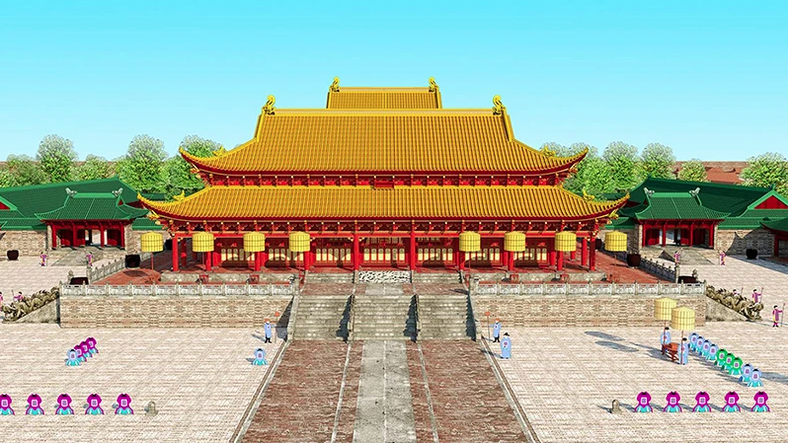


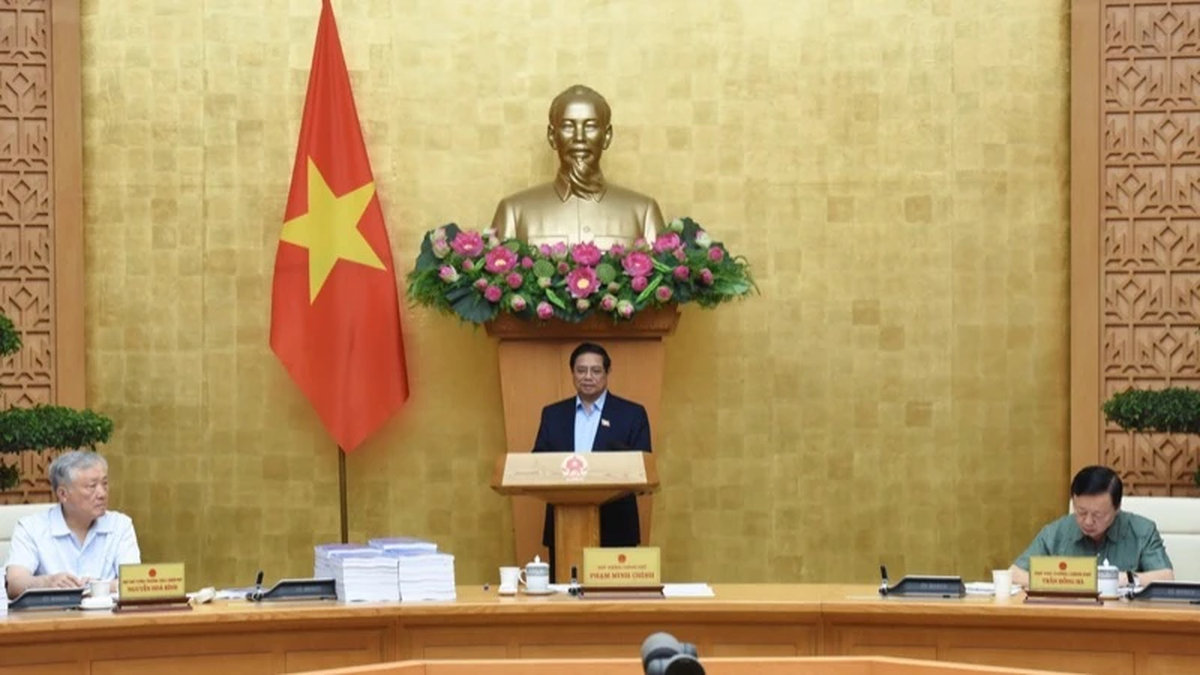
![[Photo] Prime Minister Pham Minh Chinh chairs a special Government meeting on the arrangement of administrative units at all levels.](https://vphoto.vietnam.vn/thumb/1200x675/vietnam/resource/IMAGE/2025/5/9/6a22e6a997424870abfb39817bb9bb6c)
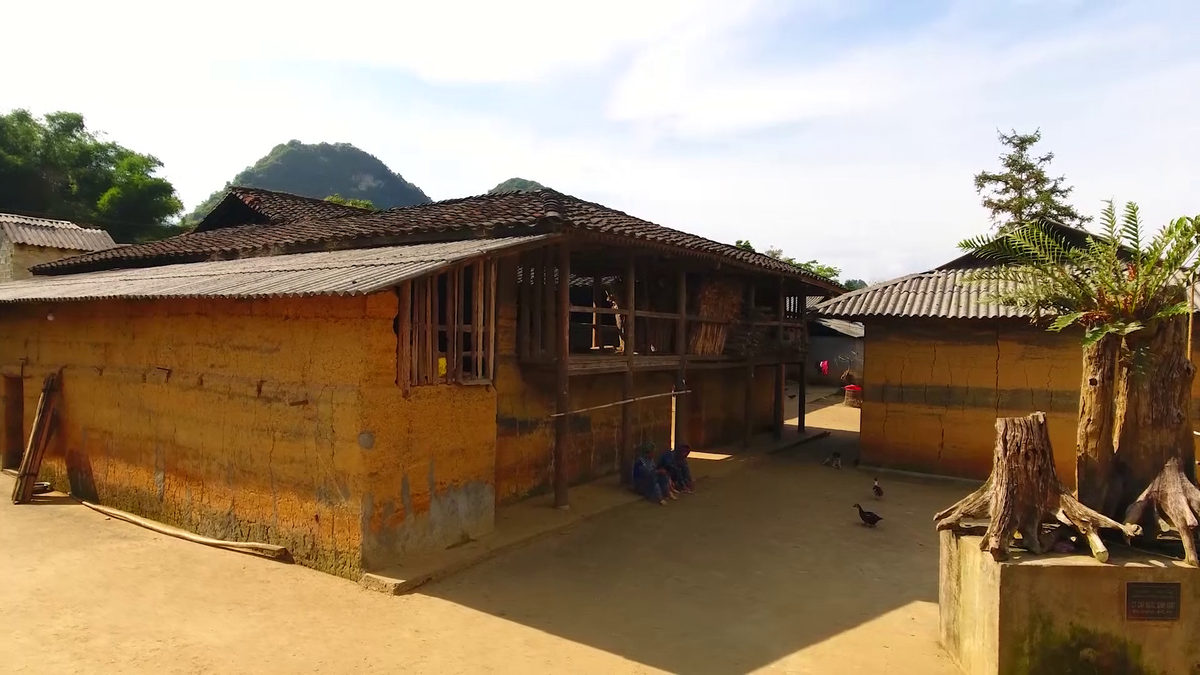
![[Photo] Magical moment of double five-colored clouds on Ba Den mountain on the day of the Buddha's relic procession](https://vphoto.vietnam.vn/thumb/1200x675/vietnam/resource/IMAGE/2025/5/9/7a710556965c413397f9e38ac9708d2f)











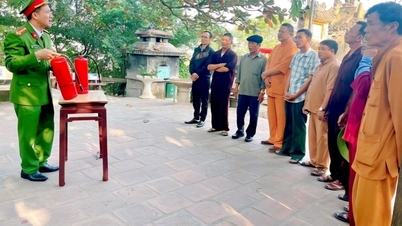
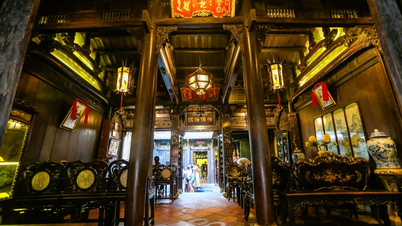
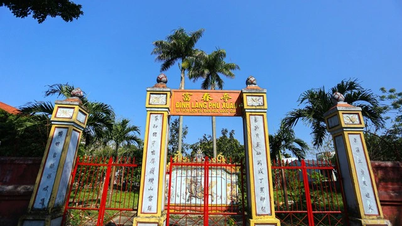
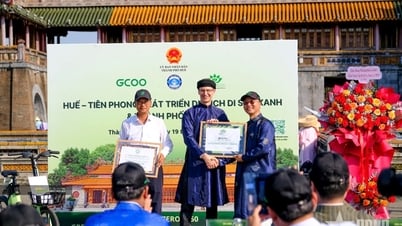
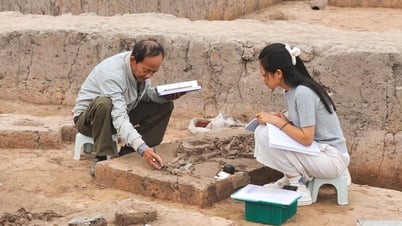







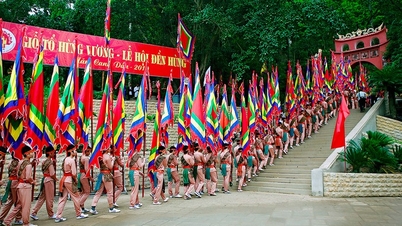

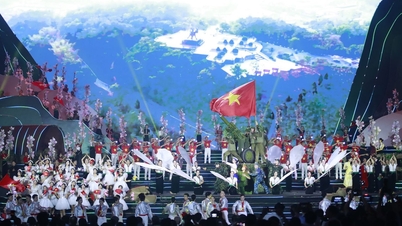

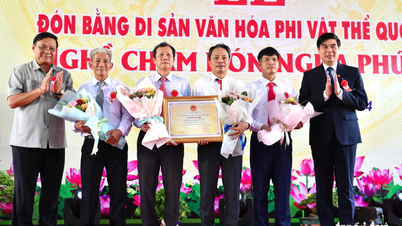

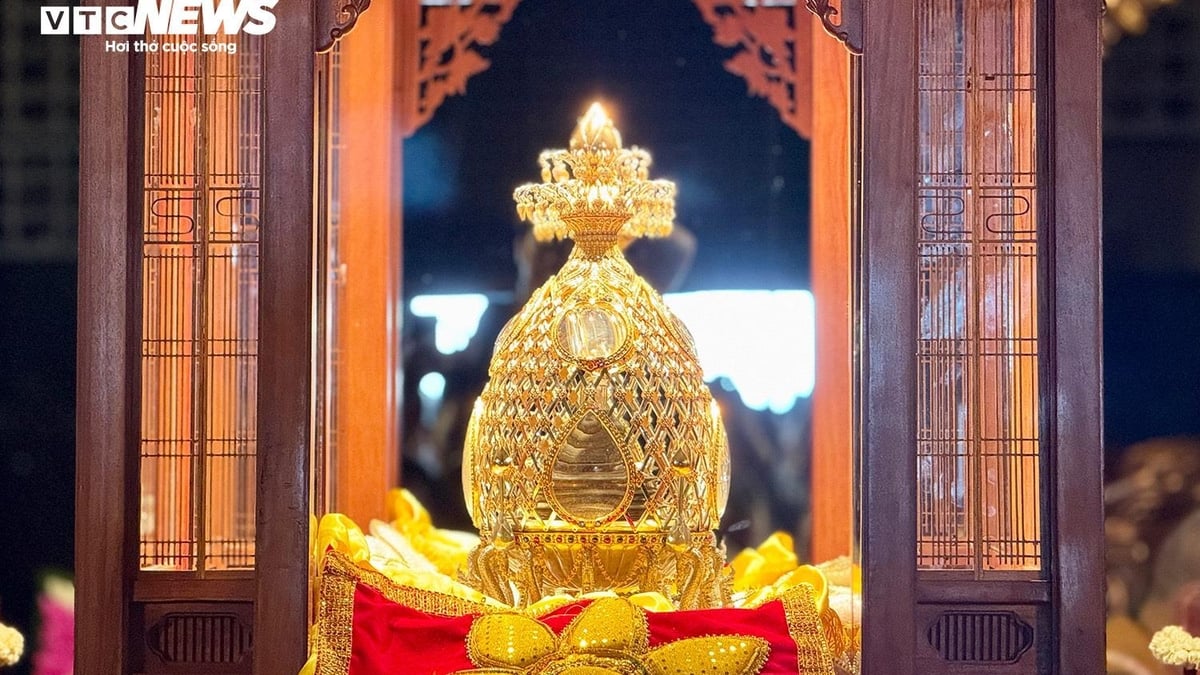








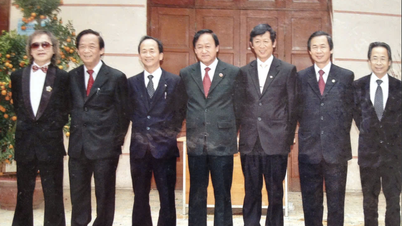



























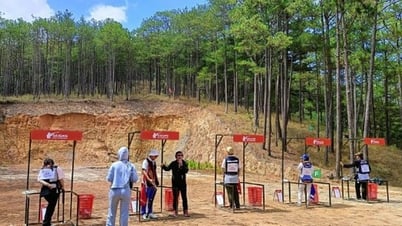
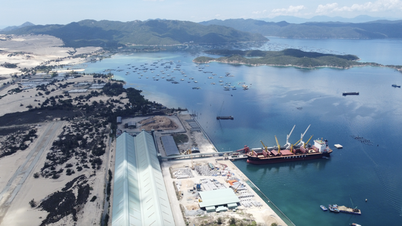

![[LIVE] MILITARY PARLAY TO CELEBRATE THE 80TH ANNIVERSARY OF VICTORY IN THE WORLD PATRIOTIC WAR](https://vphoto.vietnam.vn/thumb/402x226/vietnam/resource/IMAGE/2025/5/9/cc9a3d18f01946a78a1f1e7c35ed8b31)





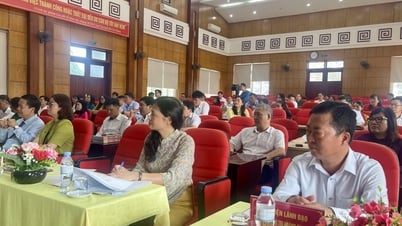












Comment (0)